SUMMARY
This is AI generated summarization, which may have errors. For context, always refer to the full article.
A Senate panel on Friday, October 16, approved a joint resolution to authorize the distribution of excess taxes collected on rice imports as cash aid to rice farmers.
Having the weight of law, a joint resolution by the Senate and the House of Representatives must hurdle 3 readings and a separate vote by the plenaries of both chambers of Congress.
Joint Resolution No. 12, introduced by Senator Cynthia Villar, seeks to distribute excess rice tariffs – currently at P3 billion – among rice farmers who till two hectares of land or less, and have this included as a provision in the 2021 national budget law.
The Senate committee on agriculture, food, and agrarian reform approved the proposal on Friday during its hearing of the proposed 2021 budget of the Department of Agriculture. Villar heads the committee.
The amount – P3 billion – represented taxes collected by the Bureau of Customs (BOC) in excess of the threshold set by the Rice Tariffication Law. The measure mandated the first P10 billion collected from imported rice be used to fund the government’s Rice Competitiveness Enhancement Program.
Under the law, collections in excess of P10 billion may be allocated to other programs on the national staple, including financial assistance to small rice farmers – during its first 6 years of implementation.
The joint resolution proposes to use all rice tariff collections beyond P10 billion as financial aid to the farmers. It covers all rice tariffs collected by the BOC until December 30 this year. Under the proposal, this allocation will be written into next year’s national budget law, the 2021 General Appropriations Act.
In July, the BOC’s collections from rice imports stood at P10.728 billion. This was despite a 24.6% decrease in the volume of rice imports since compared to the same period in 2019.
On Friday, Villar said rice tariff collections in excess of P10 billion have already reached P3 billion.
The proposed measure aims to help local rice farmers survive the market changes caused by the influx of imported rice, “and also in consideration of the pandemic,” Villar’s resolution stated.
“Let’s work to have it implemented before Christmas,” Villar urged her fellow lawmakers and other officials at Friday’s budget hearing.
“Ang mga farmers, hirap na hirap sila (The farmers are already suffering so much) – plummeting prices of their produce,” Senate Majority Leader Juan Miguel Zubiri quipped.
Late in September, Senator Francis Pangilinan urged the government to do precisely this – give excess rice tariffs as cash assistance to farmers.
At the time, the prices of palay – unhusked rice grains – plunged to as low as P12 per kilo.
Since it was enforced in 2019, the Rice Tariffication Law has opened the Philippines to an influx rice imports – albeit with higher tax rates – by removing quotas. With local farmers unable to compete, the measure threatens to keep pushing local rice prices down.
“The life-saving measure is direct cash assistance especially to the small farmers now suffering from the plunge in the prices of palay, and from the lack of other livelihood opportunities due to the pandemic,” Pangilinan said. – Rappler.com
Add a comment
How does this make you feel?
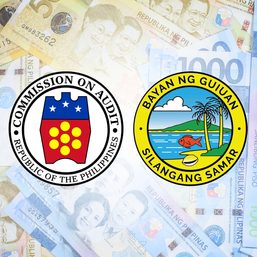
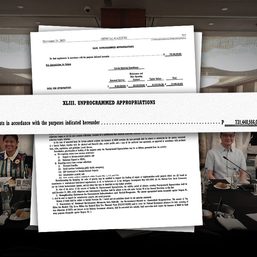
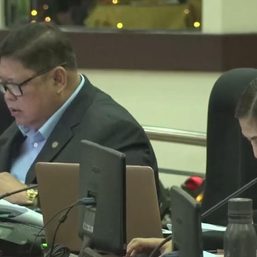

![[Under 3 minutes] Did DepEd waste P3-B worth of learning materials?](https://www.rappler.com/tachyon/2023/12/titlecard-ls.jpg?resize=257%2C257&crop=415px%2C0px%2C1080px%2C1080px)


![[Time Trowel] Evolution and the sneakiness of COVID](https://www.rappler.com/tachyon/2024/02/tl-evolution-covid.jpg?resize=257%2C257&crop=455px%2C0px%2C1080px%2C1080px)


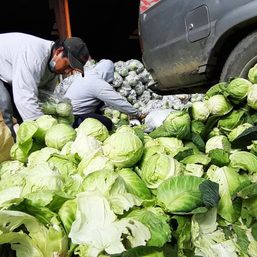
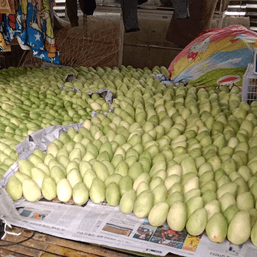
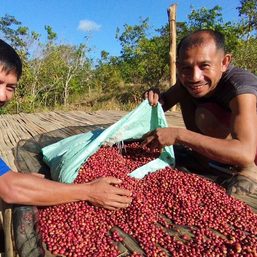
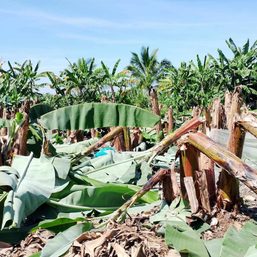
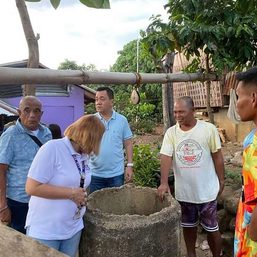

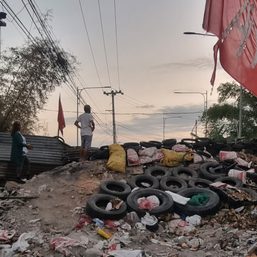


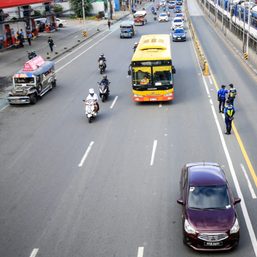
There are no comments yet. Add your comment to start the conversation.